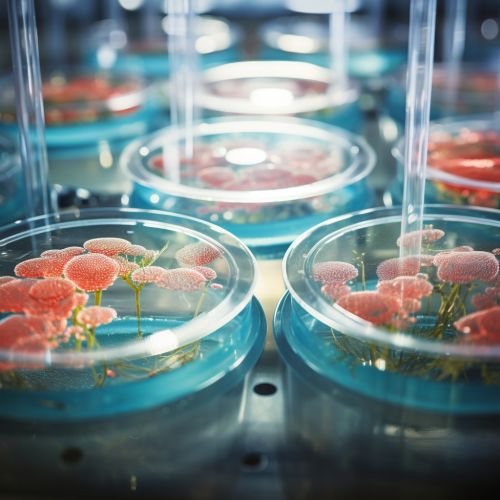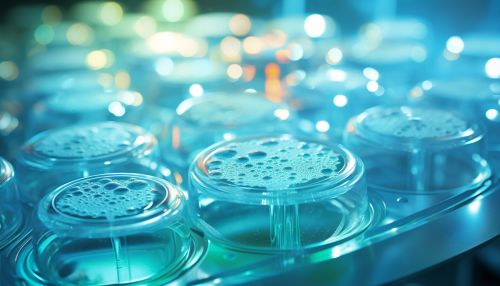Adult Stem Cells
Introduction
Adult stem cells, also known as somatic stem cells, are undifferentiated cells found throughout the body after embryonic development that multiply by cell division to replenish dying cells and regenerate damaged tissues. They are characterized by their ability to differentiate into multiple cell types, and their capacity for self-renewal. These cells are found in various tissues, including the brain, bone marrow, blood vessels, skeletal muscle, skin, and liver.


Characteristics
Adult stem cells are multipotent, meaning they can generate several different cell types, usually in the specific tissue or organ in which they reside. They are also characterized by their ability to self-renew, or produce more stem cells through cell division. This self-renewal capacity is crucial for maintaining a stable pool of stem cells in the tissue. Unlike embryonic stem cells, which can differentiate into all cell types of the body, adult stem cells are generally limited to differentiating into the cell types of their tissue of origin.
Types of Adult Stem Cells
There are several types of adult stem cells, each found in different locations in the body. These include:
- Hematopoietic stem cells: These are found in the bone marrow and blood. They are responsible for the production of all types of blood cells, including red blood cells, white blood cells, and platelets.
- Mesenchymal stem cells: These are found in various tissues, including bone marrow, fat, and connective tissues. They can differentiate into a variety of cell types, including bone cells, cartilage cells, fat cells, and muscle cells.
- Neural stem cells: These are found in the brain. They can generate the brain's three major cell types: neurons, astrocytes, and oligodendrocytes.
- Epithelial stem cells: These are found in the lining of the digestive tract and the skin. They are responsible for the continuous renewal of these tissues.
- Endothelial stem cells: These are found in the lining of blood vessels. They can differentiate into endothelial cells, which form the inner lining of blood vessels.
Role in Tissue Repair and Regeneration
Adult stem cells play a crucial role in the body's ability to repair and regenerate tissues. They are activated in response to injury or disease, and differentiate into the necessary cell types to replace damaged or lost cells. For example, hematopoietic stem cells in the bone marrow can rapidly produce new blood cells in response to an injury or infection. Similarly, epithelial stem cells in the skin can generate new skin cells to heal a wound.
Potential Therapeutic Applications
Due to their regenerative properties, adult stem cells have been the focus of intense research for potential therapeutic applications. They are currently used in bone marrow transplants to treat diseases such as leukemia and lymphoma. Other potential applications include the treatment of neurodegenerative diseases, such as Parkinson's disease and Alzheimer's disease, heart disease, diabetes, and spinal cord injuries. However, these applications are still in the experimental stages, and more research is needed to fully understand the potential and limitations of adult stem cells in regenerative medicine.
Controversies and Ethical Considerations
Unlike embryonic stem cells, the use of adult stem cells in research and therapy does not generally raise ethical concerns, as they are obtained from the individual's own body, and their extraction does not involve the destruction of an embryo. However, there are still some controversies and ethical considerations associated with their use. These include issues related to the potential for exploitation of donors, informed consent, and the equitable distribution of stem cell therapies.
